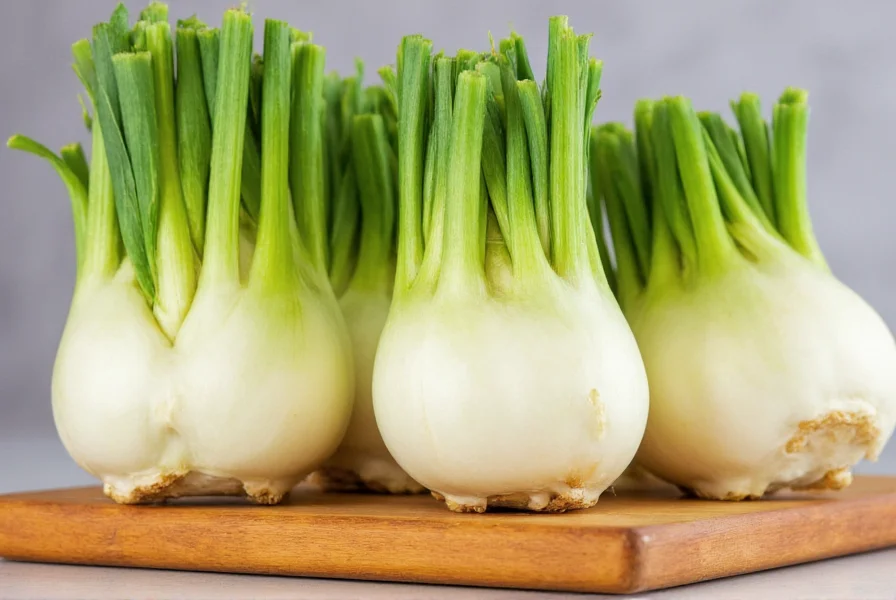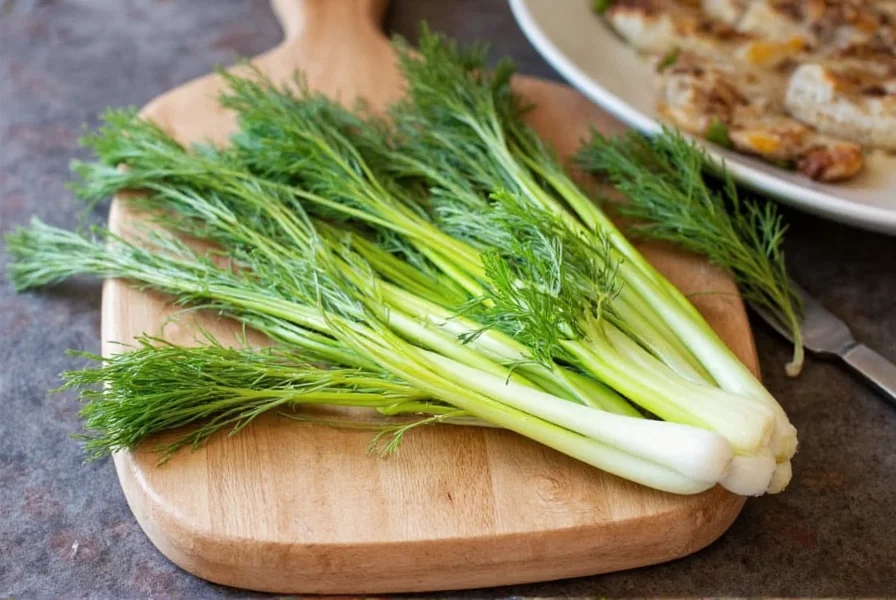Fennel transforms dramatically when cooked, mellowing its licorice notes into sweet, caramelized complexity while retaining a satisfying crunch when served raw. This dual nature makes it one of the most adaptable vegetables in your culinary arsenal, equally at home in Mediterranean salads, Italian pasta dishes, and French braises. Whether you've just harvested fennel from your garden or found an attractive bulb at the farmers market, these tested recipes will help you make the most of this underutilized vegetable.
Understanding Fennel's Culinary Potential
Fennel consists of three edible components: the bulb (most commonly used), the feathery fronds (which taste like dill with anise notes), and the seeds (often used as spice). The bulb's texture resembles celery but with a more delicate structure that responds beautifully to various cooking methods. When selecting fennel, look for firm, heavy bulbs with crisp stalks and vibrant green fronds - avoid any with brown spots or splitting.

Essential Fennel Preparation Techniques
Proper preparation unlocks fennel's full potential in recipes using fennel. Start by trimming the stalks about an inch above the bulb and removing any tough outer layers. Cut the bulb in half vertically, then remove the tough core if roasting or braising (leave it intact for salads). The fronds can be chopped finely and used like herbs throughout your dish.
| Cooking Method | Best For | Preparation Tip |
|---|---|---|
| Raw (thinly sliced) | Salads, slaws | Soak in ice water for 10 minutes for extra crispness |
| Roasting | Main dishes, side dishes | Cut into 1-inch wedges with core intact for stability |
| Braising | Winter dishes, hearty meals | Cook with citrus or tomatoes to balance sweetness |
| Grilling | Summer recipes, BBQs | Brush with olive oil to prevent sticking |
5 Exceptional Recipes Using Fennel
1. Citrus-Fennel Salad with Shaved Parmesan
This refreshing salad showcases raw fennel's crisp texture and subtle flavor. Thinly slice one fennel bulb using a mandoline, segment two oranges, and combine with arugula. Whisk together 3 tablespoons olive oil, 1 tablespoon lemon juice, 1 teaspoon honey, and salt. Toss gently and top with shaved parmesan and chopped fennel fronds. This quick fennel salad recipe works perfectly as a starter or light lunch.
2. Roasted Fennel with Garlic and Lemon
Preheat oven to 400°F. Cut two fennel bulbs into 1-inch wedges, keeping the core intact. Toss with 2 tablespoons olive oil, 4 crushed garlic cloves, lemon zest from one lemon, salt, and pepper. Roast for 25-30 minutes until golden brown and tender-crisp. During the last 5 minutes, sprinkle with fennel fronds. This simple roasted fennel side dish complements fish, chicken, or pork beautifully.

3. Creamy Fennel and Potato Soup
Sauté one chopped onion and two sliced fennel bulbs in olive oil until softened. Add four cups vegetable broth, two peeled and cubed potatoes, and one bay leaf. Simmer until potatoes are tender, then remove bay leaf. Using an immersion blender, puree until smooth (or carefully transfer to a regular blender). Stir in 1/2 cup cream or coconut milk, and season with salt, pepper, and a squeeze of lemon juice. Garnish with reserved fennel fronds. This comforting vegetarian fennel soup recipe makes an excellent starter for any meal.
4. Fennel and Sausage Pasta
Brown 12 ounces of Italian sausage in a skillet, then remove, leaving drippings. Sauté one diced fennel bulb until softened, about 8 minutes. Add 3 minced garlic cloves and red pepper flakes to taste. Return sausage to pan with 1/2 cup white wine, simmering until reduced by half. Toss with cooked pasta (penne works well), 1/2 cup pasta water, and chopped fennel fronds. This hearty fennel pasta recipe comes together in under 30 minutes for a satisfying weeknight dinner.
5. Braised Fennel with White Wine
Cut two fennel bulbs into quarters, removing tough cores. Heat olive oil in a deep skillet over medium heat. Sear fennel cut-side down until golden, about 5 minutes. Add one cup dry white wine, one cup chicken or vegetable broth, and 2 sprigs fresh thyme. Cover and simmer for 20-25 minutes until tender. Uncover, increase heat, and reduce liquid until syrupy. This elegant braised fennel recipe makes a sophisticated side dish for special occasions.
Fennel Substitutions and Pairings
When creating recipes using fennel, understanding complementary flavors enhances your dishes. Fennel pairs exceptionally well with citrus, olives, tomatoes, seafood, pork, and mild cheeses. If you don't have fennel, celery makes the closest substitute for the bulb, while dill or tarragon can replace the fronds. For fennel seed substitutions, anise seed or star anise work well in spice blends.
Maximizing Your Fennel Harvest
Store whole fennel bulbs in a plastic bag in the refrigerator crisper drawer for up to 5 days. Once cut, wrap in damp paper towels. Fennel fronds can be stored in a glass of water like fresh herbs. Don't waste the stalks - they add wonderful flavor to vegetable stocks. For meal prep, slice fennel in advance and store in cold water to maintain crispness for salads.











 浙公网安备
33010002000092号
浙公网安备
33010002000092号 浙B2-20120091-4
浙B2-20120091-4